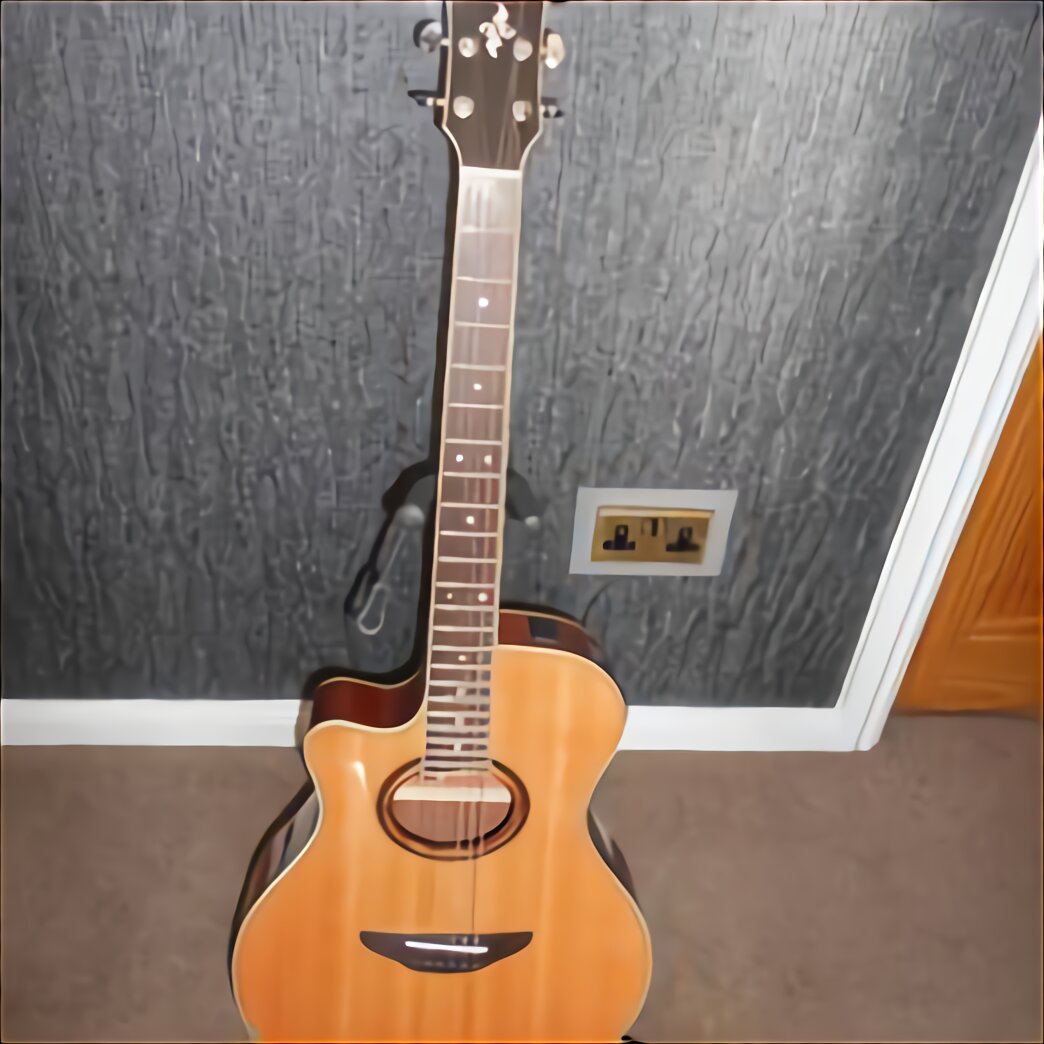
How can you be in tune with your ukulele? The ukulele is a fantastic little instrument with many possibilities. You can play chords and melodies on it but a requisite is that your ukulele is in tune. Let's tune up!
Once you've decided you enjoy the ukulele, get a nice one. Almost everyone starts of playing on a very cheap ukulele. These ukes are fine for deciding if playing the ukulele is for you. But once you're into it, get yourself a decent quality Ukulele for sale in uk. It'll be easier to play, sound better (so you'll be more pleased with the way you sound), and will give you more impetus to practice.
Y: Yard fun: Go to your yard (or a park) and have some fun. Have someone hide peanuts in their shells for you to find. Play tag. Play hide and go seek. Run around the perimeter of the yard as fast as you can. Now skip around the perimeter of the house. Rake up a pile of leaves and bury yourself. Try to use all the space in the yard for fun activities.
At this stage, knowing some chord theory is useful. Learning the harmonized major scale will mean you can quickly assess whether a chord is likely to be major, minor, seventh etc.
The ukuleles Ukulele resembles a small guitar with a fretted fingerboard and four strings that are picked or strummed. There are four common sizes. The soprano or standard size is the smallest and was developed first. The The concert ukulele was developed in the 1920's and it is slightly larger and louder with a more deeper tone than the soprano. The tenor Ukulele with its increased size, greater volume and deeper bass tone was developed shortly after. In the 1940's the largest size called the baritone was developed. Some less common ukuleles are the sopranino and bass.
Another reason is that you can keep your hand Ukulele for sale in the same position as you only need to move your fingers and not your left hand. This will help you a lot when you start to play more difficult melodies.
You can use your first finger for all the notes but a more professional approach is to play the notes on the first fret with your first finger, the notes on the second fret with your long finger and the notes on your third fret with your ring finger.
This means that the first string is tuned to an A, the second string to an E, the third string to C and the fourth string to G. All of these notes are on the middle octave of a piano if you happen to have one around.